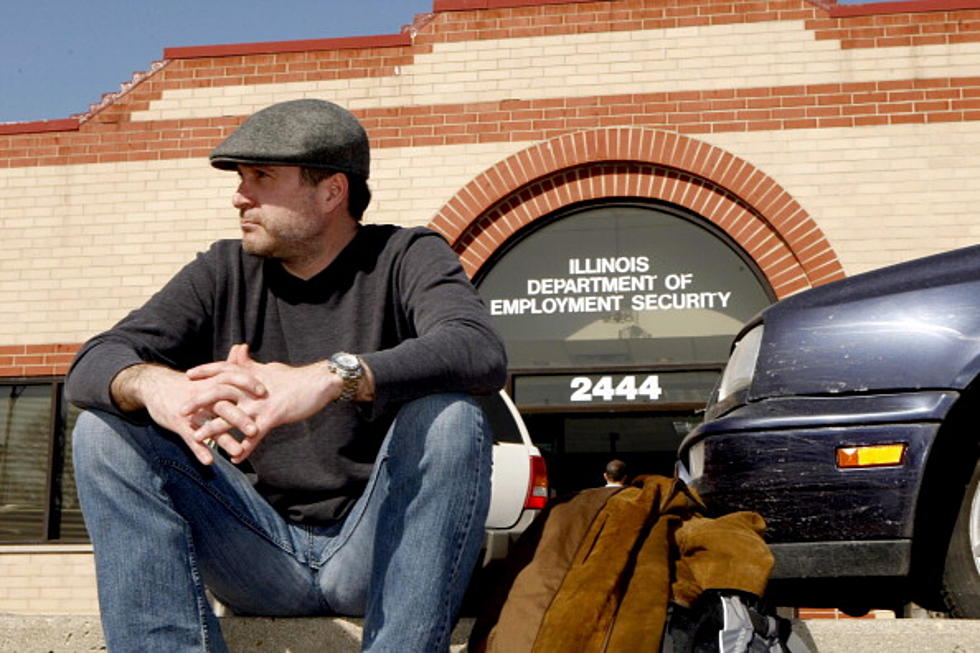![State Rep. Joe Sosnowski Has Questions on Proposed Rockford Amtrak Service [AUDIO]](http://townsquare.media/site/671/files/2014/11/489579917-630x453.jpg?w=980&q=75)
State Rep. Joe Sosnowski Has Questions on Proposed Rockford Amtrak Service [AUDIO]
Amid all the talk about the possibility of Amtrak service coming to Rockford, on our show we've tried to focus on some of the raw data and raw numbers put forward in feasibility studies on the project.
If money were no object and we were projected to run budget surpluses for years to come this would be a slam-dunk. But, of course, that is not the case. And as State Sen. Dave Syverson said, someone has to ask the "adult questions" on the train project. Namely how much will it cost to start, how much will it cost to keep it going, how many riders are expected, who is the target customer, etc.
Many of the answers can be found in a pair of feasibility studies on the Rockford Amtrak proposal. The first was released in 2007. You can find it here. An update was released in 2010. You can find it here. Among the important information inside:
- Annual projected ridership on the route between Rockford and Chicago is 24,700. That's about 68 per day or 34 people on each train to and from Rockford.
- Annual projected revenue (not profit) on the route between Rockford and Chicago is $361,000. That's after an investment of at least $223 million plus whatever subsidies are needed to keep the line active in the coming years.
- Between the 2007 study and the 2010 update the cost for infrastructure improvement jumped from $34.9 million to $62.3 million. Do we know if costs have ballooned additionally in the past five years?
- In the 2007 study, it's noted that even after improvements on a portion of the track between Rockford and Belvidere, trains will travel at more than 50 miles per hour on only 50 of the 184 miles between Dubuque and Chicago.
There's more, of course, and you can hear additional concerns in an interview below with State Rep. Joe Sosnowski.
However, after double-checking the data there is one correction to be made to something stated in the audio. The proposed trip between Rockford and Chicago is, in fact, scheduled to take almost three hours. That's six hours round-trip plus whatever travel time is need to get to your final destination, since no one actually plans to stay at a train station. You can see the "strawman" schedule on Page 10 here. Last year, officials did claim the trip time could get down to 90 minutes or so in the future.
More From WROK 1440 AM / 96.1 FM



![State Rep. Joe Sosnowski Explains What Illinois Shutdown Means [AUDIO]](http://townsquare.media/site/671/files/2015/07/hqdefault.jpg?w=980&q=75)

![‘Ask The Mayor’ Highlights: Morrissey Updates Amtrak Status [AUDIO]](http://townsquare.media/site/671/files/2015/03/168636547.jpg?w=980&q=75)

![Sen. Tim Bivins: Illinois Budget Fix Is Big Rauner Win [AUDIO]](http://townsquare.media/site/671/files/2014/10/455977082.jpg?w=980&q=75)

